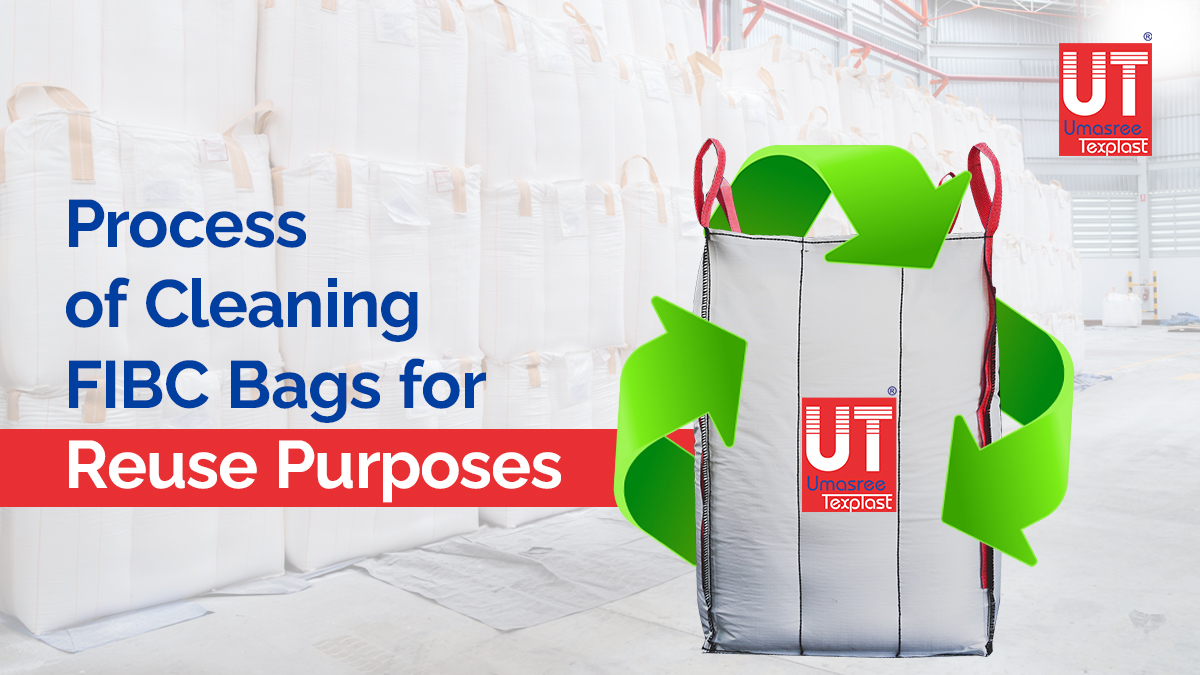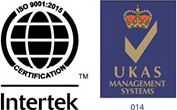Process of Cleaning FIBC Bags for Reuse Purposes

FIBC Bags are used for several applications across different industry verticals, such as chemicals, mining, manufacturing, construction, and agriculture. These industries purchase FIBC Bags in bulk quantities and intend to reuse them after the first time.
It is vital to clean the bags properly to ensure it is ideal for reuse. Several techniques are adopted by industries worldwide to clean it and extend its lifespan for reuse. This blog will walk you through the correct and effective process for cleaning FIBC Bags for reusability.
Step-by-Step Process for Recycling FIBC Bags
Step 1: Collecting Bags
The foremost step is gathering used FIBC bags before commencing with the reprocessing stage. You must collect and store used FIBCs in one place by ensuring they are empty and free from harmful chemicals.
Step 2: Bags Inspection
Next, you have to carefully scrutinize FIBC bags to detect if they are torn or damaged from any corner (holes or frayed edges), as they will affect the bag’s structural integrity. Each bag must be in appropriate shape and free from pollutants and residue to prevent cross-contamination. Also, you must replace contaminated liners with new ones.
Step 3: Bags Sorting
You must sort the bags by filtering aside damaged or torn FIBC bags. It is essential to remove any tags, stickers, or markings before further processing, as they might have grime or debris stuck in them. Also, if the bag has moisture, entrenched wood splinters, mold, or unreadable printing, it shouldn’t be considered for reuse.
Step 4: Check Safety Factor
Check for the Safety Factor mentioned on the bag tag/ label. Only bags with SF as 6:1 should be reused.
Step 5: Pre-Cleaning Tracking
After bags are reconditioned, the stock manager must track the number of bags to be sent for the cleaning stage. Also, they must maintain crucial information on the bag in an organized manner, such as duration of use, reuse number, and quantity of materials carried to monitor the bag’s lifespan.
Step 6: Cleaning of Bags
Before reusing bags, you must thoroughly rinse them to remove any leftover residues, grime, debris, or harmful substances using a hose, pressure washer, brush, or cloth with water. After cleaning, hang them on a rack and leave them to dry before sending them for repackaging
Step 7: Repackaging and Reusing
All bags must be labeled with crucial information, such as handling instructions, safety warnings, and SWL. You can use them to store and transport various materials.
Conclusion
After reading the blog, you will be acquainted with the step-by-step process of reusing FIBC bags. Following the procedure mentioned in the blog, you can successfully reuse FIBCs and use them to store and produce different products.
It reduces the carbon environment and contributes towards sustainability by preventing them from ending up in landfills. However, if you have any questions or need more tips, feel free to contact us.
At Umasree Texplast, we manufacture customized FIBC Bags for multiple industries applications. Contact us at +91-99099 57564 or mail@umasree.com for our bags quotation.





